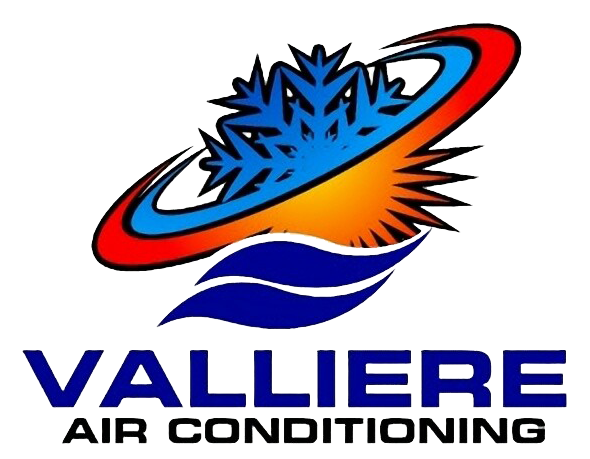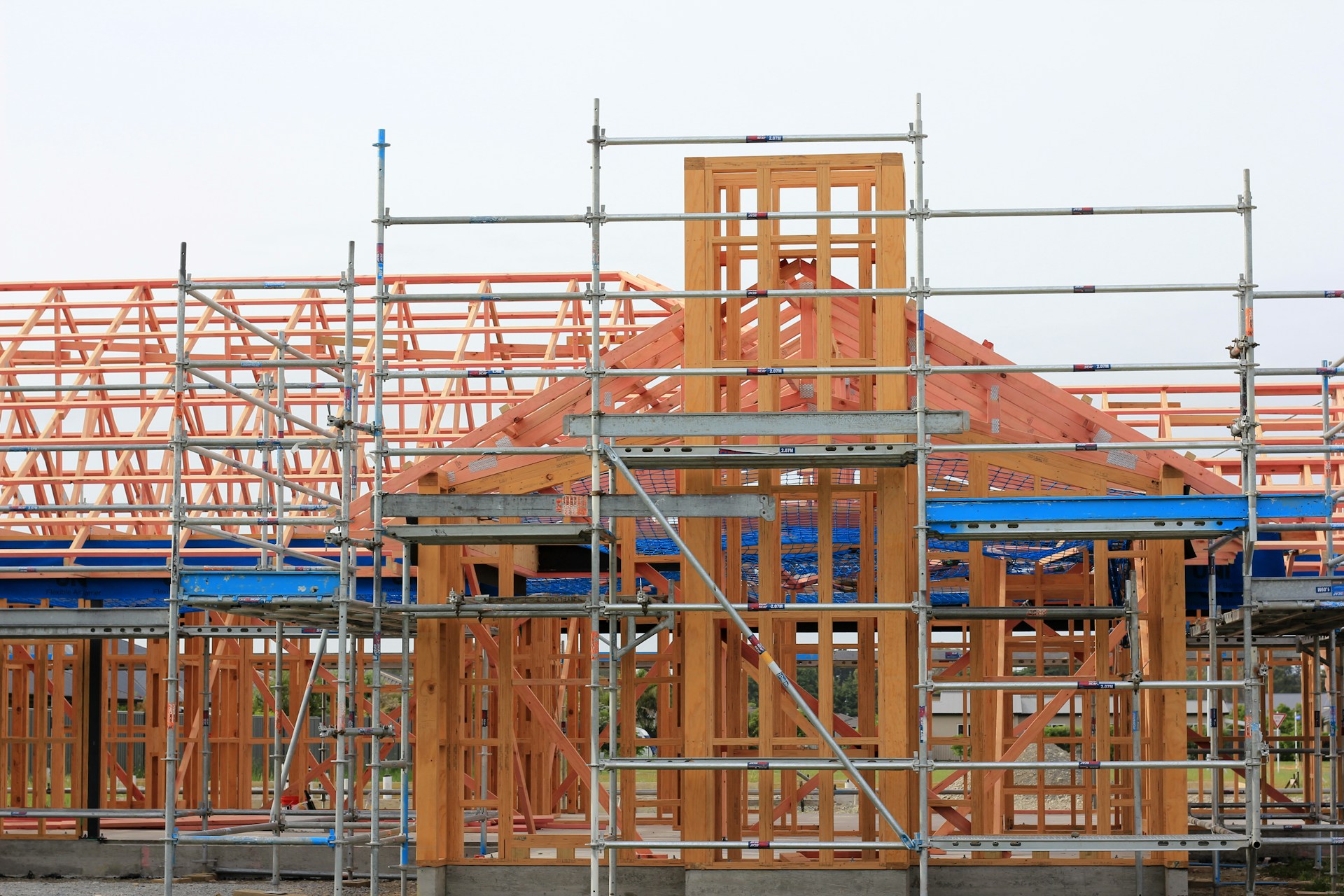Indoor air quality (IAQ) plays a crucial role in ensuring the overall comfort and health of occupants in residential and commercial spaces, particularly in new construction projects. Balancing energy efficiency and IAQ is a vital aspect of creating a healthy and sustainable environment. One innovative solution for achieving this balance is the integration of heat recovery ventilator (HRV) systems within your new construction’s HVAC system. In this introduction, we will delve into the role HRV systems play in improving indoor air quality, their benefits, and how our professionals can assist you in selecting, installing, and maintaining the right HRV system for your new construction project.
The Significance of HRV Systems in New Construction
Incorporating HRV systems in new construction projects helps achieve a balance between energy efficiency and IAQ, guaranteeing numerous benefits, including:
1. Improved IAQ: By constantly replacing stale indoor air with fresh outdoor air, HRV systems ensure high-quality indoor air, reducing allergens, pollutants, and odors.
2. Enhanced Comfort: HRV systems help maintain consistent indoor temperatures by transferring heat from exhaust air to incoming air, providing a comfortable and stable environment.
3. Energy Savings: By utilizing the heat from exhaust air, HRV systems reduce the need for additional heating or cooling, resulting in lower energy consumption and costs.
4. Sustainable Living: Incorporating HRV systems into new construction contributes to an eco-friendly environment and aligns with green building practices.
Choosing the Right HRV System for Your New Construction Project
To guarantee optimal performance, consider the following factors when selecting an HRV system for your new construction project:
1. System Type: HRV systems come in various models, including centralized and decentralized systems. Centralized systems typically cater to larger spaces, while decentralized systems are suitable for smaller areas. Our professionals can help you determine the best solution for your needs.
2. System Capacity: It is essential to match the HRV system capacity with your project’s size and ventilation requirements, ensuring proper performance and energy efficiency.
3. Energy Efficiency: Look for HRV systems that have a high energy-efficiency rating to minimize the impact on your utility bills.
4. Installation Compatibility: Consult with our professionals to determine the best installation method and configuration for your new construction project based on your existing HVAC system and space constraints.
HRV System Installation Best Practices
Proper installation of an HRV system is crucial for its effectiveness and longevity. Here are some best practices to ensure successful integration with your new construction project:
1. Collaborate with Professionals: Ensure that the system installation is conducted by our qualified professionals to guarantee proper integration with your existing HVAC system and adherence to all safety measures.
2. Follow Manufacturer’s Guidelines: Our technicians will follow the manufacturer’s guidelines for installation, making sure the HRV system is correctly connected and configured according to your requirements.
3. Optimal Ductwork Design: For the efficient operation of the HRV system, it is essential to have appropriately designed ductwork that facilitates smooth airflow and effective heat recovery.
4. Insulate Ducts: To maximize energy efficiency, the HRV ducts should be adequately insulated to minimize heat loss and condensation buildup.
Maintaining Your HRV System
Regular maintenance of your HRV system is necessary to ensure optimal performance and energy efficiency. Consider these tips for proper HRV system maintenance:
1. Clean Filters: Regularly clean or replace the HRV system filters as per the manufacturer’s recommendations to maintain proper airflow and indoor air quality.
2. Inspect Heat Exchanger Core: Check the heat exchanger core for any debris, dust, or damage and clean or replace it according to the manufacturer’s guidelines.
3. Examine Ductwork: Regularly assess the HRV system’s ductwork for any blockages or leaks and repair or clean them as needed.
4. Schedule Professional Maintenance: Routine checkups by our professionals can ensure the system operates efficiently, identify potential issues, and keep your HRV system running smoothly for an extended period.
Conclusion
Heat recovery ventilator (HRV) systems are an excellent solution for achieving a balance between energy efficiency and optimal indoor air quality in new construction projects. By understanding their significance, appropriate selection, installation best practices, and proper maintenance, you can create a comfortable, healthy, and sustainable environment in your new space. Rely on our professionals at Valliere Air Conditioning & Heating, LLC to guide you through the entire process, ensuring the best possible results and enhancing the overall value of your project.

